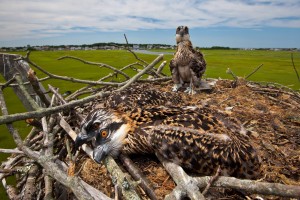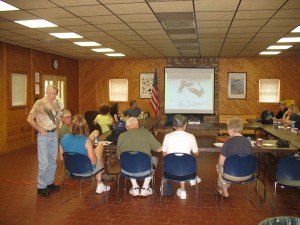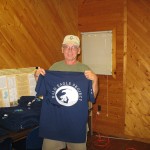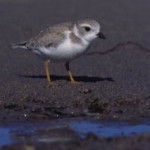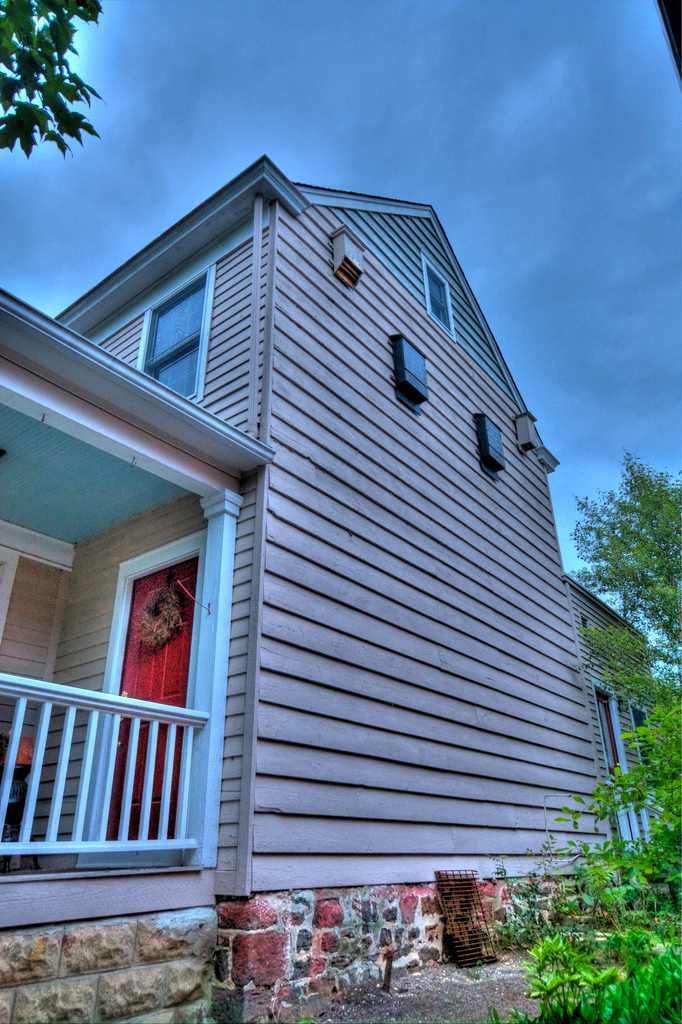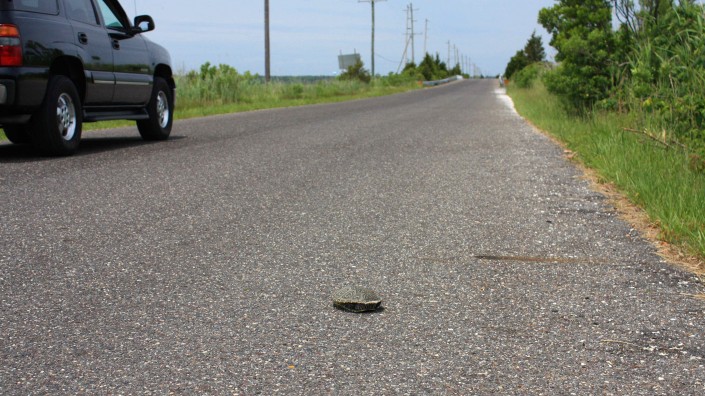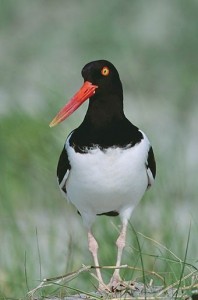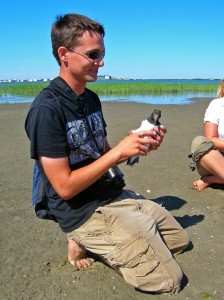Fall Migration is Underway!
Viewing Wildlife and migration studies
by Ben Wurst, Habitat Program Manager

Fall migration is underway! Ospreys are headed south for the winter. Juveniles will spend the next two years in their wintering areas in northern South America. Rob Bierregaard, from the University of North Carolina at Charlotte has been tracking ospreys from Martha’s Vineyard since 2000. Currently twelve ospreys are fitted with satellite transmitters. Rob uses the data to study migration patterns and the local dispersal of juvenile and adult ospreys. Check out maps from this seasons birds by clicking here. A great place to view ospreys as they travel south is at Cape May Point State Park. Go after a cold front has passed and you should see high numbers of raptors including ospreys on migration.
Red knots, black belly plovers, dunlin, and ruddy turnstones are beginning to show up on beaches along the coastline. Many hop-scotch their way south to their wintering grounds in South America. Great places to view them include Brigantine Inlet, Avalon, Stone Harbor Point, and North Wildwood. Many of these shorebirds are banded with an alpha-numeric color band. If you have a high power spotting scope, then you should be able to read the band. You can contribute your sightings to the International Shorebird Project by submitting your sightings.
Another great website that tracks avian (bird) migration patterns over New Jersey is www.woodcreeper.com. It is run by David La Puma who uses Doppler radar to track movements of birds as they take off on migration, most at night. He is predicting that a large number of birds will take off Wednesday night/Thursday morning after a cold front with winds that prevail from the north passes through. He expects large numbers of migrants to arrive here to “rest and refuel” on Thursday/Friday. Check out this cool graphic of some Doppler radar where you can see birds moving behind the passing cold front (with precipitation).
Get out this weekend and enjoy the beautiful fall weather and watch some of the amazing natural events that take place in New Jersey. Learn key locations to view wildlife by visiting our wildlife viewing map.
